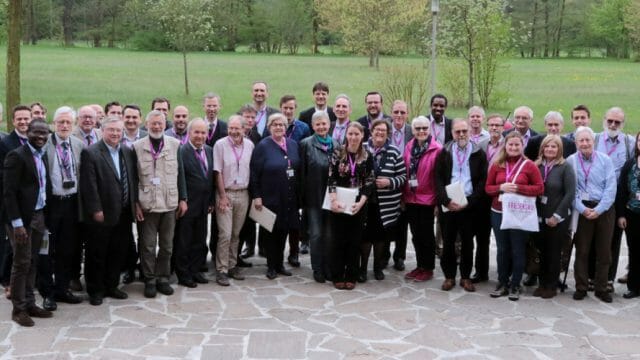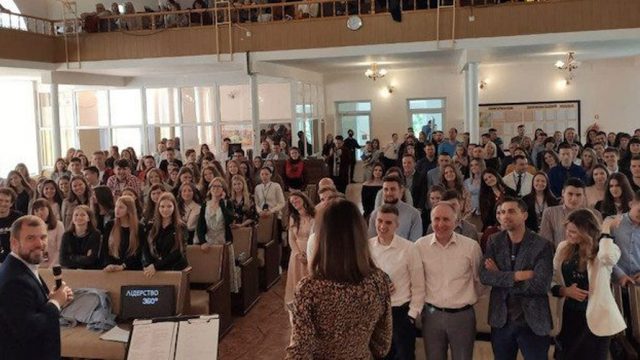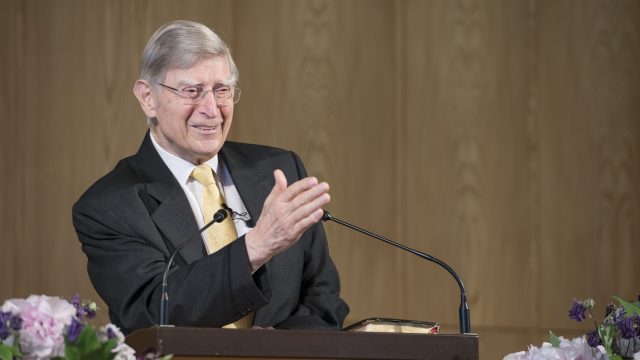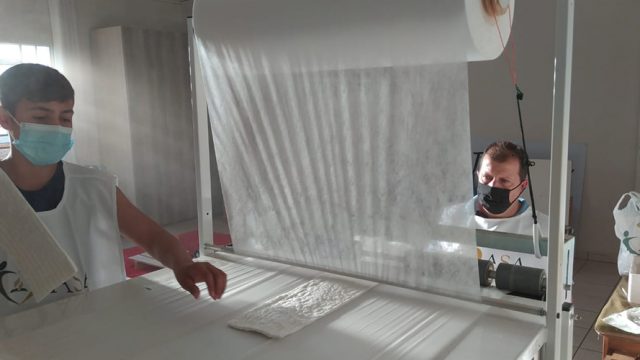The story of an Adventist pioneer
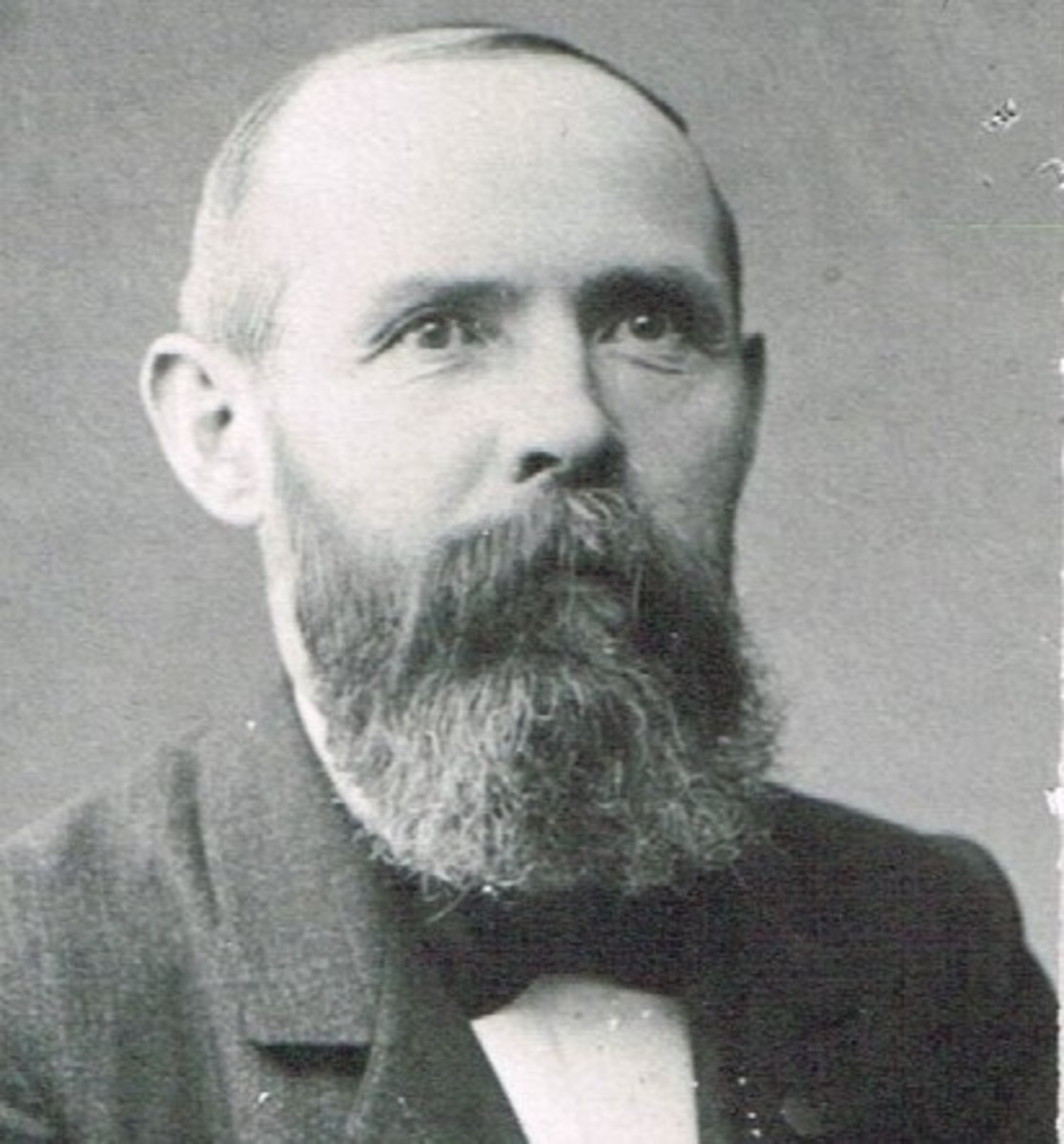
Carl Christian Hansen, Sr., played an important part in the early years of the Seventh-day Adventist Church in Denmark and gave of his time, effort, and means to support the cause he loved.*
Early Life
Carl was born on a small farm in Geraa, Denmark, on April 27, 1849. From age 7 to 14 he attended elementary school in the winter and in the spring and summer worked with his brother as a shepherd boy to help support their large family. When Carl was 14, his father arranged an apprenticeship for him with a dyer in the city of Aalborg, and later helped him establish his own dyeing business close to his childhood home.
Carl grew up in a predominately Lutheran society. Baptists and Methodists were considered dissenters. His mother and sister were Methodists, while his father seemed to be tolerant of all believers. Carl had no particular religious conviction. A turning point came in 1877 when a Baptist minister (who later became an Adventist) sold him a Bible. Carl decided to study it and see if he could find any connection between the different religious views in his area.
That summer his wife, Junia, became a Methodist. Shortly after her conversion, Carl found Job 28:28, “And to man He said, ‘Behold, the fear of the Lord, that is wisdom, and to depart from evil is understanding.’ ” This text made a deep impression on him, and from that moment, he experienced a radical spiritual change.
Meeting the Adventist Message
Carl’s first contact with the Advent message came when he visited a Baptist home. On the table he saw a magazine with an article about Daniel 10 that caught his attention. He asked the owner what kind of publication it was. The owner replied evasively: “I think it is from America, but it isn’t worth anything.” Then he took the magazine and put it away.
Carl remembered that the magazine, titled Advent Tidende, was published in May 1878 and edited by J. G. Matteson. He had already read in the newspapers that Adventist missionary J. G. Matteson had aroused a great deal of religious stir in Denmark and had started a temperance movement. Matteson was holding some meetings in Alstrup, about 50 kilometers (30 miles) away from where Carl lived, but he did not get the opportunity to attend.
In September 1878 one of Matteson’s helpers, Knud Brorson, visited Carl’s town. Brorson sought out the Methodist minister, but when he did not find him at home, he left a 64-page tract, The New Testament Sabbath, and went on his way. Soon after, Carl visited the Methodist minister to tell him that a Baptist minister had come to his home to convince him that people must be baptized by immersion to be saved.
“Well,” the Methodist minister responded, “the Baptists should not refer so much to the Bible, because then they ought to follow it.”
Carl asked, “Do they not follow the Bible?”
The Methodist minister responded, “If they want to follow the Bible, they need to keep Saturday holy.” Carl was shocked. He argued with the minister that the Bible said to keep Sunday. The minister replied, “It is not there. Here, you take a tract, read it, and you will find that it will give you something to think about.” The tract was The New Testament Sabbath, by J. G. Matteson.
For two weeks Carl and his wife were totally absorbed, studying the tract and comparing it with the Bible. When they had completed their research, they were convinced of the Sabbath truth, and the following Sabbath Carl closed his shop.
Trials began almost immediately. Friends, including the Methodist minister, mocked him and his wife and called them Jews. A few times his faith faltered, and he feared that he had made a grave mistake. Brorson came to his aid and assured him by pointing to Psalm 119:105: “Your word is a lamp to my feet and a light to my path.” From that day on, Carl never doubted the truth.
On May 9, 1879, Carl and Junia were baptized. Three months later the Dronninglund church was organized with eight members. Kristen Kristensen (the former Baptist minister who sold Carl the Bible) was an elder, and Carl served as treasurer and secretary. In 1880 the Denmark Conference (the first Adventist conference outside North America) was organized with seven churches. J. G. Matteson was president, Carl was secretary, and J. P. Madsen was treasurer.
Working for the Church
At the time there was no central place in Denmark where Adventist literature could be obtained. At the second conference meeting in September 1881, the first steps were taken to establish a publishing work. Church leaders placed Carl in charge of forming a local publishing house. He obtained a license for the business and was responsible for producing and distributing literature for four years.
In 1883 the Dronninglund church saw the need for Christian education for their children. Carl gathered 10 children and applied to the Ministry of Education for permission to open a school. Carl wrote in his autobiography: “The work succeeded to everyone’s satisfaction, and there was a very good and sympathetic relationship between me and the children. I had the great joy in the following years, that they walked in the way of the Lord and stand to this day as members of God’s church.” The school was the first Adventist school in Europe.
When Carl was 37, he was issued a ministerial license and worked in Østervraa for a year. At the close of his 16 Bible lectures, E. G. Olsen came and held another series of eight meetings in five days. Baptisms followed, and a new church was organized.
In 1888 Carl and his family moved to Odense, where he was asked to be publishing director. He oversaw four young workers who lived in his home. Three years later Carl was released from his role of managing the literary work and returned to Bible work and evangelism. At the annual Denmark Conference meeting in Copenhagen in 1894, Carl was ordained with two others. The ordination was conducted by conference president L. Johnson, and S. N. Haskell and Uriah Smith from the General Conference.
In 1897 inventory for a sanitarium was moved to the Frydenstrand school campus in Frederikshavn, and Frydenstrand Sanatorium opened as the first Adventist sanatorium outside the United States. Carl served as business manager for both the school and the sanitarium until both were moved to Copenhagen.
Later Years and Legacy
When Carl stopped serving as business manager in March 1905, he bought a health store and opened “Sana,” where he invested all his energy into promoting a healthful lifestyle. In 1916 he handed ownership over to his daughter Kristine to “devote all my time undivided in the Lord’s service,” as he expressed it. He visited members regularly, held house meetings, enjoyed participating in Ingathering campaigns, preached, and functioned as elder in two small churches outside Copenhagen. Carl passed to his rest in 1932.
*This story was originally published by the Encyclopedia of Seventh-day Adventists (encyclopedia.adventist.org) and has been used with permission. It has been adapted for space.


